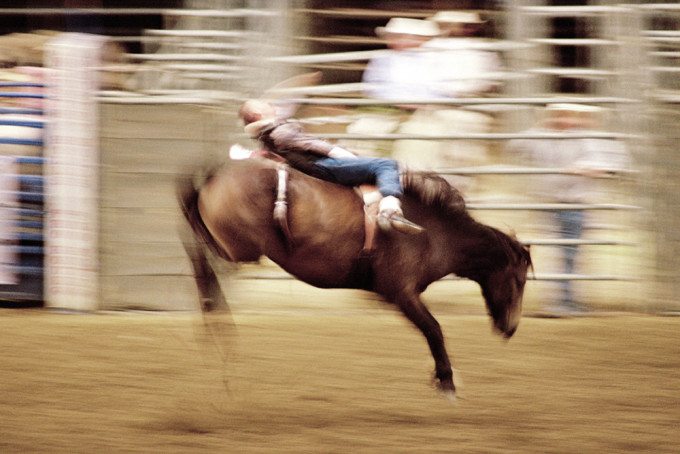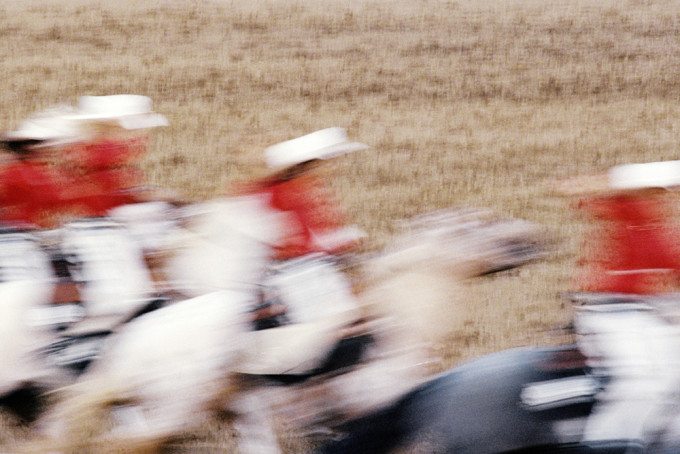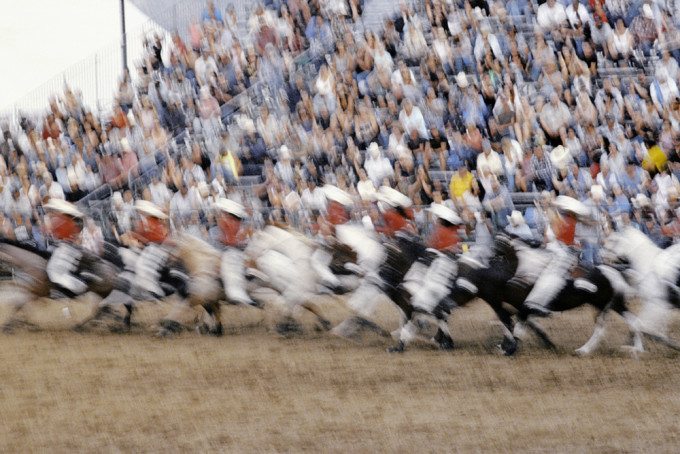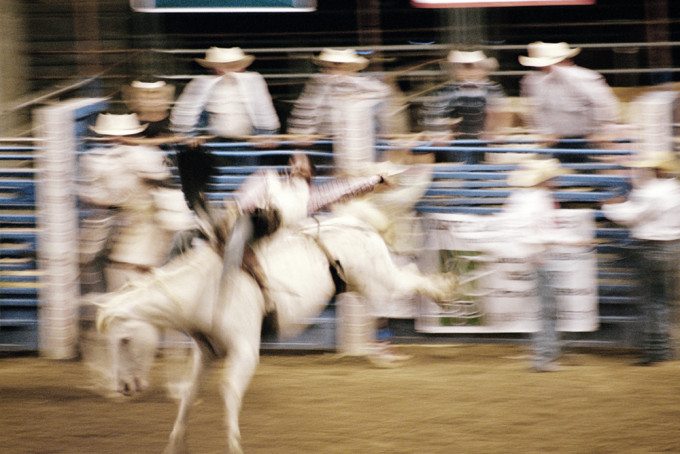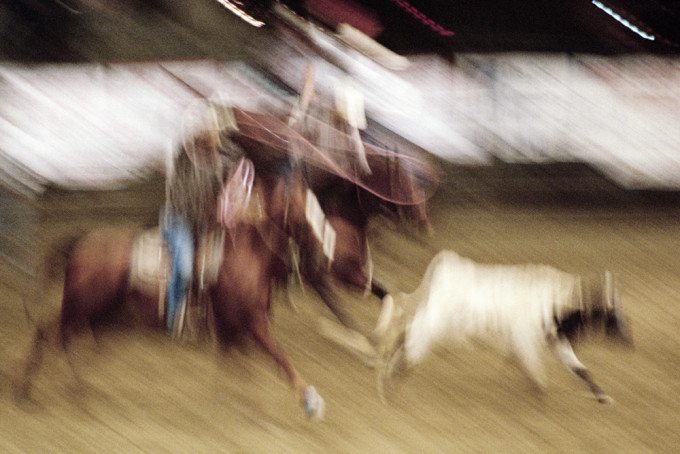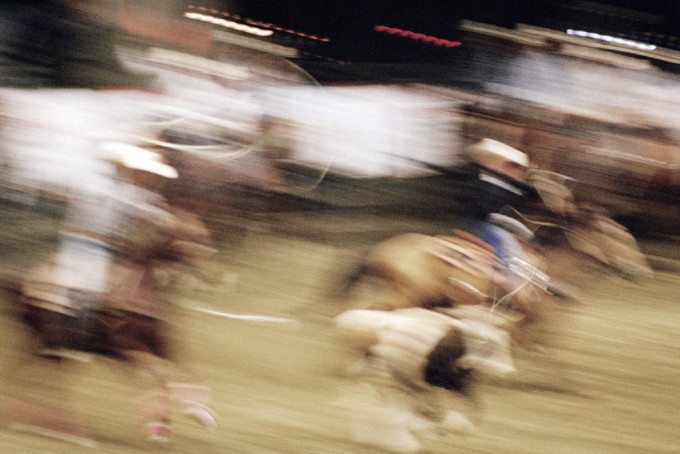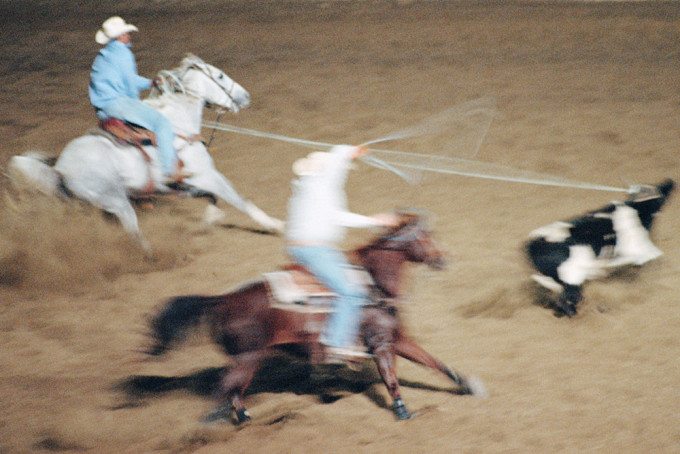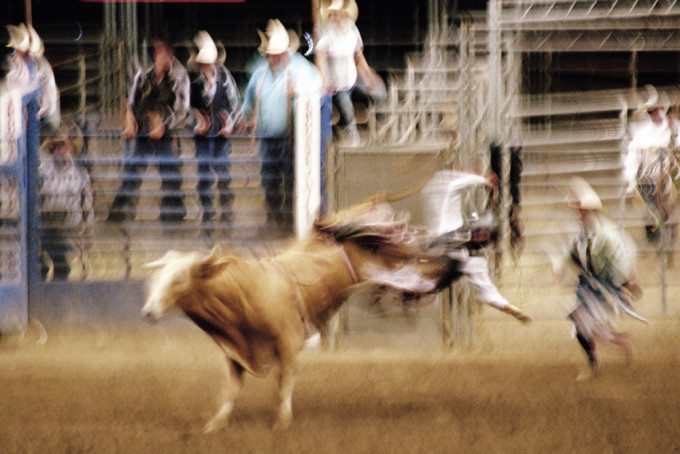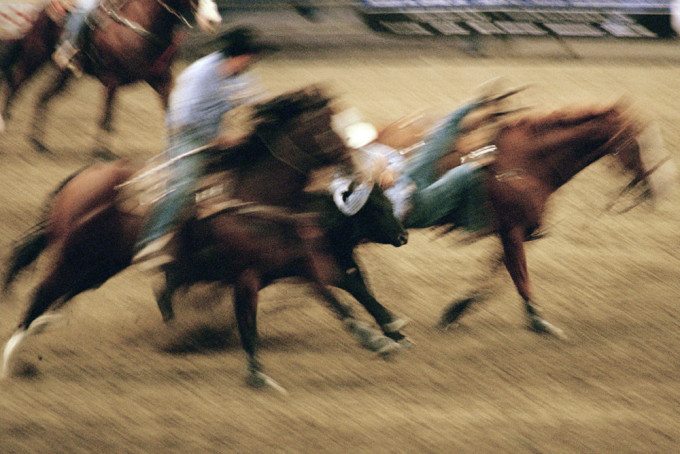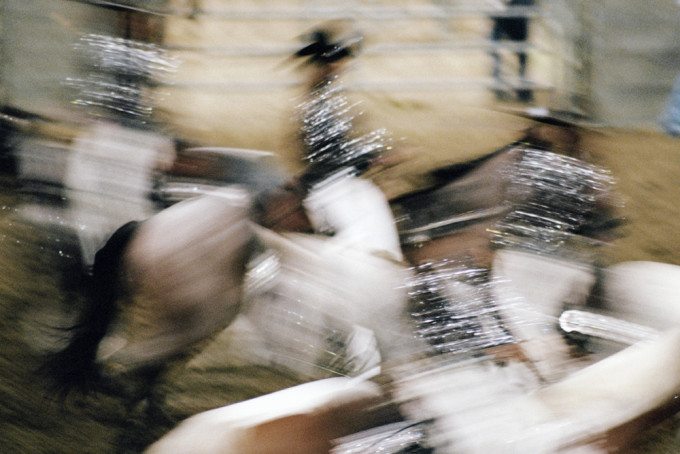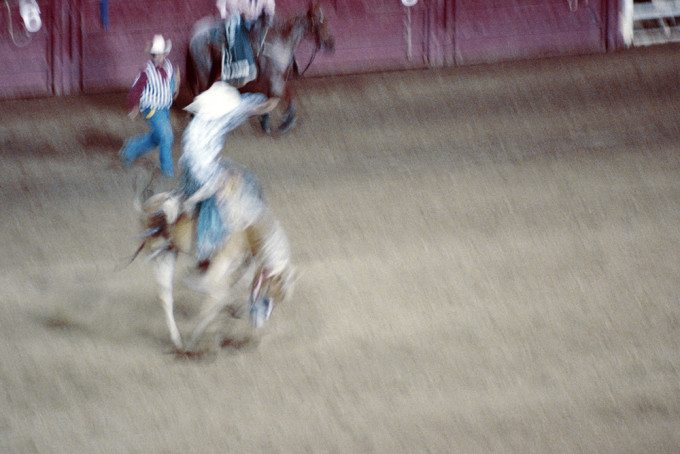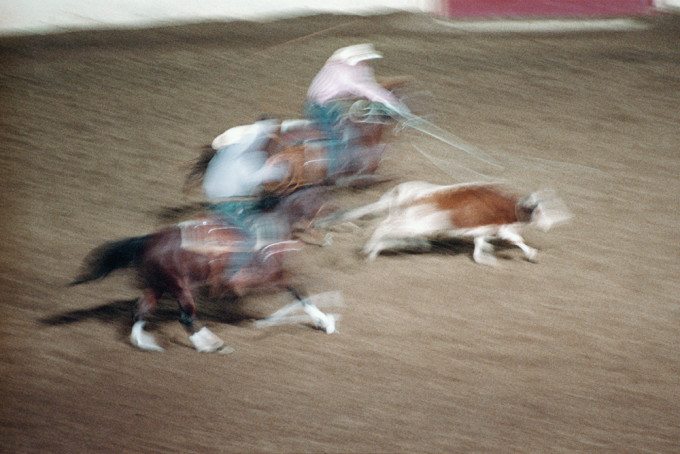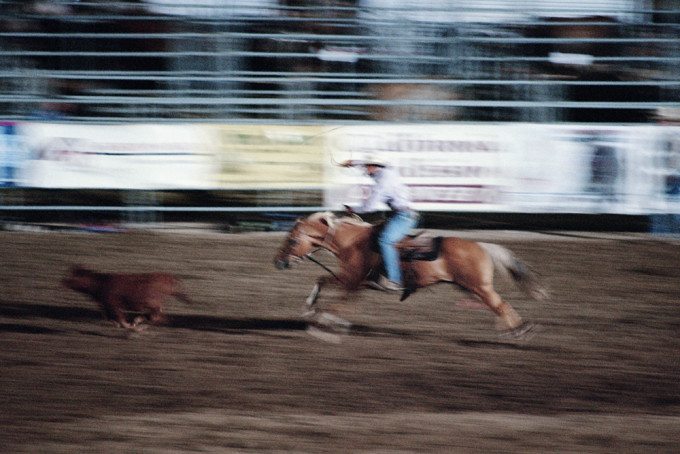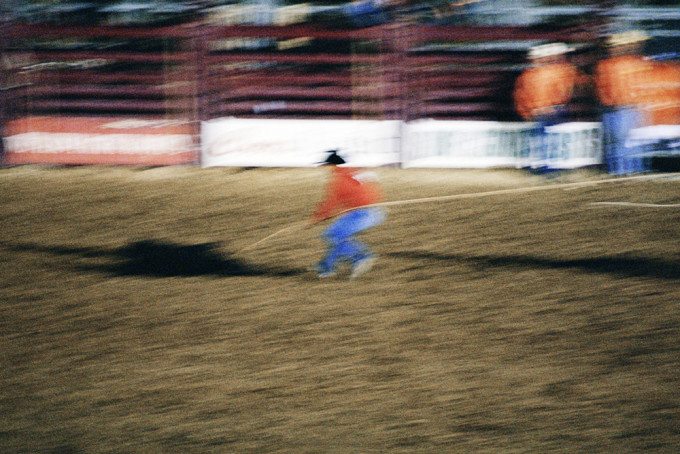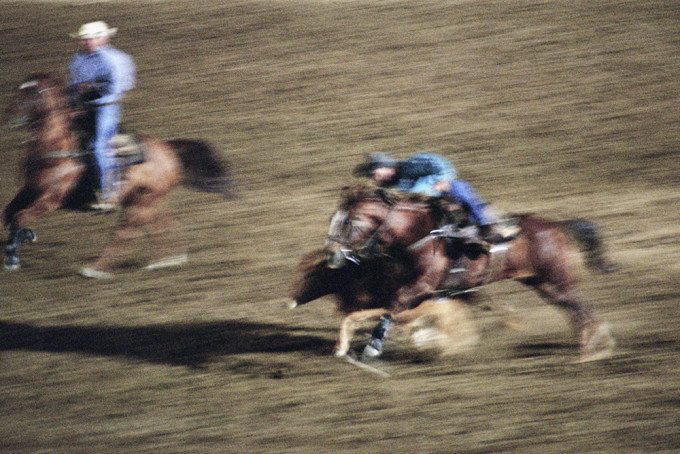All images by Stefano Galli. Used with permission.
“…Upon review I noticed that the images, while beautiful and colorful, didn’t capture the wild spirit of the cowboy. I needed to create pictures that were able to communicate before being understood.” says photographer Stefano Galli about his project “Cowboys.” “The kind of images that if you get close to them you can hear the horses neigh, the pounding of their hooves, the braying of the calves, the rage of the bulls, the sound of the lasso whipping through the air and the howl of pain from a cowboy who was catapulted to the ground, trying to catch the 8-second ride.”
Stefano Galli is an Italian photographer born in 1981 and currently living in LA. He has an affinity for analog photography, and is primarily a cinematographer. So when he came to America, he wanted to find a way to document a big part of our culture in a way that people can clearly understand.
Phoblographer: Talk to us about how you got into photography.
Stefano: It all began back when I was living in Copenhagen Denmark, about 10 years ago… I met a guy who introduced me to analog photography. Back then, digital wasn’t so developed as it is today, so I started learning about photography from the basics: how to develop film by yourself, how to use a darkroom, printing … it was sheer pleasure. I spent so many hours and days locked in the darkroom, so much fun… I never stopped since…
Now I barely use black and white, my works are mainly in color but I still use analog devices. My background comes from cinema though, I have a degree in Cinematography and I used to be a cinematographer, I still am occasionally. In fact, I recently finished a documentary film, also shot on celluloid.
Anyway, being a very curious person, photography fit my personality pretty well, It’s a media that allows me to satisfy this need that I have, and it works pretty well!
Phoblographer: Tell us about Cowboys. It seems like a very abstract project that embraces what some may call flaws but does so in an incredibly artistic way.
Stefano: Often times I set out in one direction with a project, and find myself headed down unexpected roads through uncharted territory– depending on what the form and subject demand. At the beginning, the pictures were much more firm and clear: adhering to a more traditional documentary, or reportage style.
However, upon review I noticed that the images, while beautiful and colorful, didn’t capture the wild spirit of the cowboy. I needed to create pictures that were able to communicate before being understood. The kind of images that if you get close to them you can hear the horses neigh, the pounding of their hooves, the braying of the calves, the rage of the bulls, the sound of the lasso whipping through the air and the howl of pain from a cowboy who was catapulted to the ground, trying to catch the 8-second ride. So rather than stick with the clean, clear realism, I decided to push my film 1 or 2 f-stops in order to achieve longer exposure times and take my images into a more surreal dimension.
Phoblographer: Where did the inspiration for the series come from?
Stefano: The Cowboy project is third in a series of works –after the photographic series ‘Cars’ and the documentary film ‘Lamerica’–that embodies my 4-year private affair with the US, and my attempt at reconciling my romantic ideas of America as an outsider with my quotidian life in California.
I set out to create a series of photographs of one of the most quintessentially American cultural icons– the cowboy. Generally associated with a spirit of individualism, rugged masculinity, and free will, yet morally ambivalent, the cowboy is a microcosm of the American psyche.
Similar to ‘Cars’ and ‘Lamerica,’ again I’ve turned the camera away from the polished streets of Santa Monica and Beverly Hills to focus my attention on a rich sub-culture that gathers in dusty, desolate areas to perform dangerous feats for just a fistful of dollars.
Phoblographer: What was the selection process like for the images in terms of balancing too much blur with too little blur?
Stefano: Usually the selection process tends to be the hardest part in most of my projects, but this time, unexpectedly, it has been quite easy and the selection flows pretty well. I was definitely after a blurry look, I wanted my pictures to be as close to a painting as possible.
Some of them came out more blurred than others because they were shot at night-time and the light was so low that I had to keep my shutter open even a few seconds sometimes, but you still get some detailed figured that will let you understand what this is all about.
I simply didn’t want sharp and crispy firm images, I wanted to portray the cowboys in the most original possible way.


